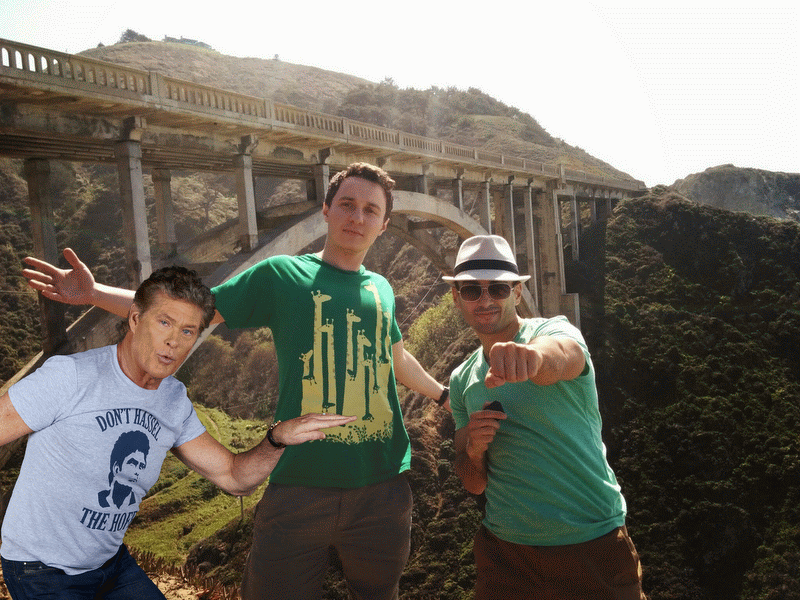Listen, I know that it’s a lot more seductive & cathartic to say “I f*cking hate generative AI,” and you can get 90,000+ likes for doing so, but—believe it or not—thoughtfulness & nuance actually matter. That is, how one uses generative tech can have very different implications for the creative community.
It’s therefore important to evaluate a range of risk/reward scenarios: What’s unambiguously useful & low-risk, vs. what’s an inducement to ripping people off, and what lies in the middle?
I see a continuum like this (click/tap to see larger):

None of this will draw any attention or generate much conversation—at least if my attempts to engage people on Twitter are any indication—but it’s the kind of thing actual toolmakers must engage with if we’re to make progress together. And so, back to work.
PS—This, always this:















